In addition to lettuce, the special garden planted by the Shenzhou 16 team (comprising commander Jing Haipeng and two astronauts Zhu Yangzhu and Gui Haichao) also has lettuce, cherry tomatoes and many other plants.
They grow vegetables using two sets of specialist equipment, with the first crop starting in June, starting with lettuce. The second growing area was put into operation in August, growing cherry tomatoes/tomatoes and spring onions.
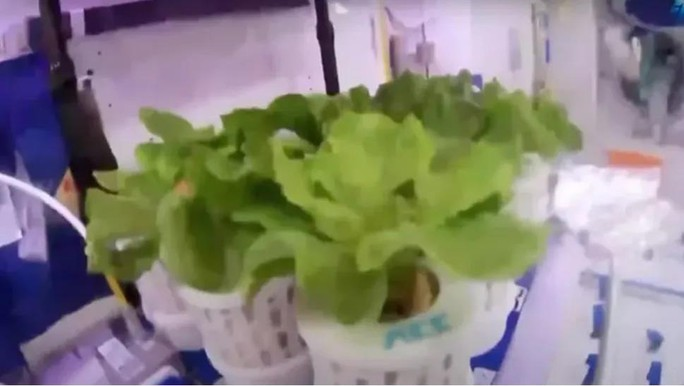
Vegetables grown on the Tiangong station - (Photo: CCTV)
After this success, the Shenzhou 16 team returned to Earth, handing over the work to the Shenzhou 17 crew who had just arrived at the Tiangong station.
"These vegetable growing devices are an important part of the entire Environmental Control and Life Support System (ECLSS), which is used in space to verify related technologies," researcher Yang Renze from the China Astronaut Research and Training Center told CCTV.
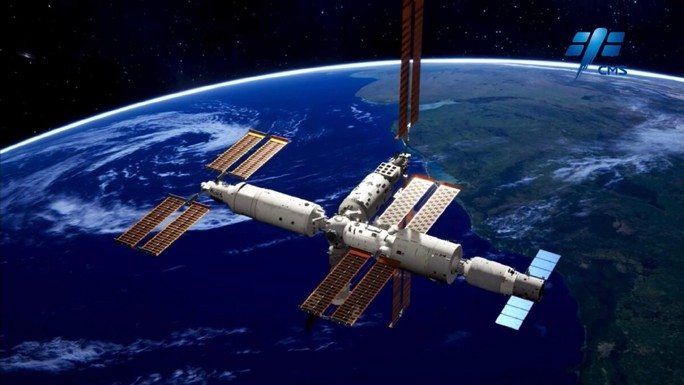
China's Tiangong space station - (Photo: SPACE NEWS)
Mr. Renze also said that in the future, they will focus on fast and large-scale farming. This system can be applied to the field of deep space exploration, including the missions to the Moon and Mars that China plans for the future.
They help plants absorb carbon dioxide (CO2) from the air to produce oxygen through photosynthesis, then recycle and purify water through transpiration. China is also working to send two astronauts to the Moon by 2030. It also plans an international lunar research station (ILRS) for the next decade.
(Source: Lao Dong Newspaper)
Source



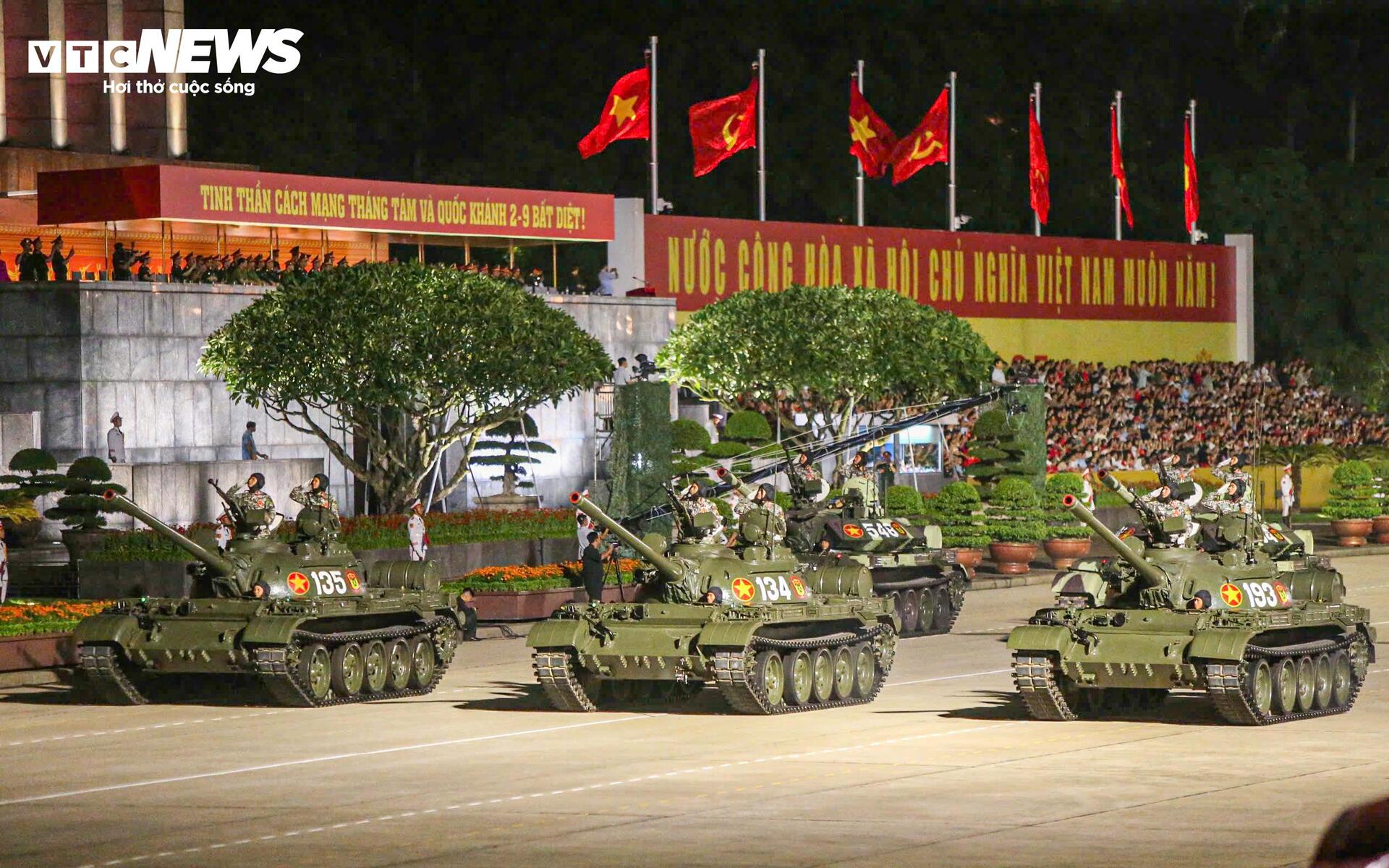

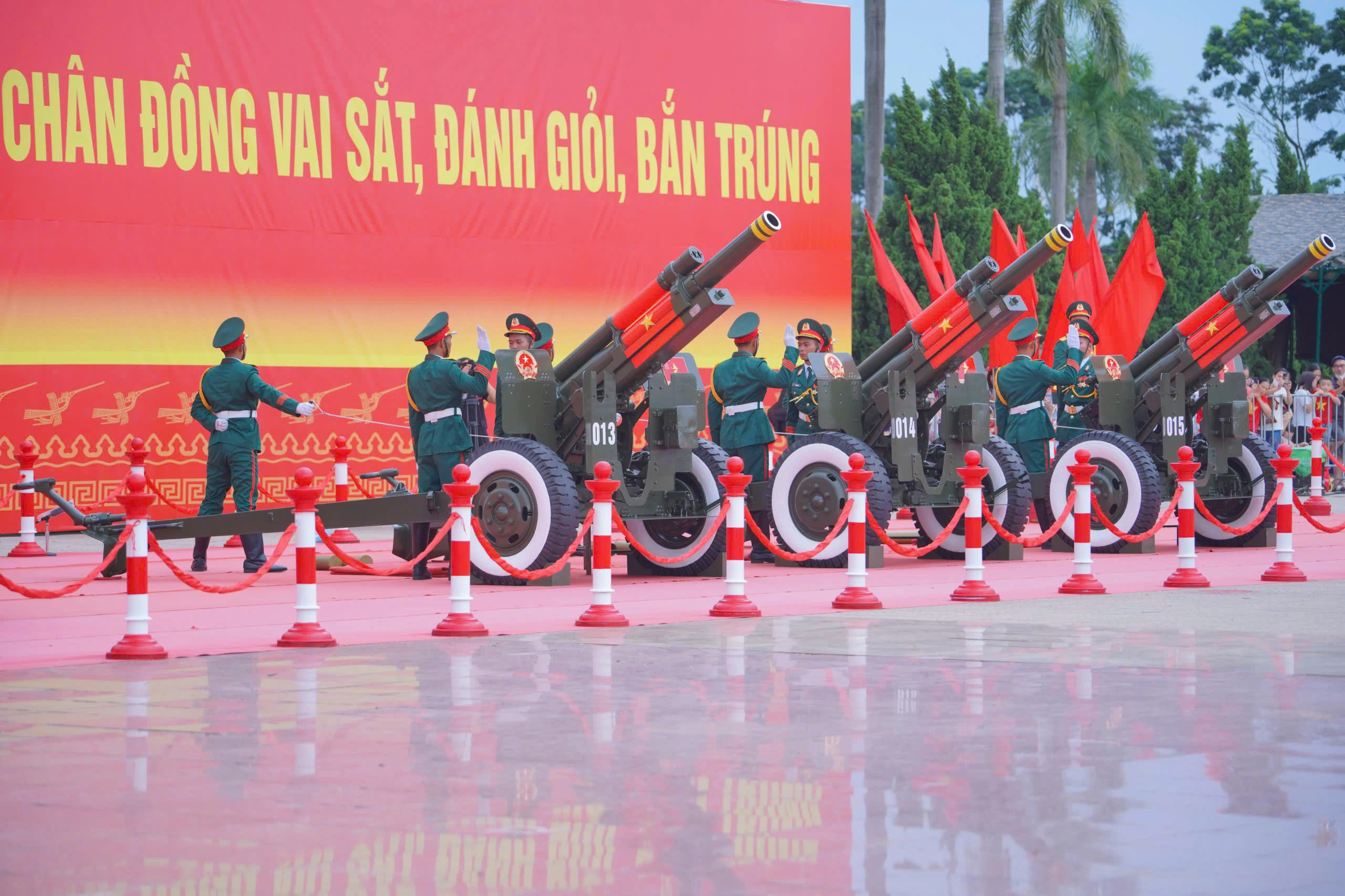
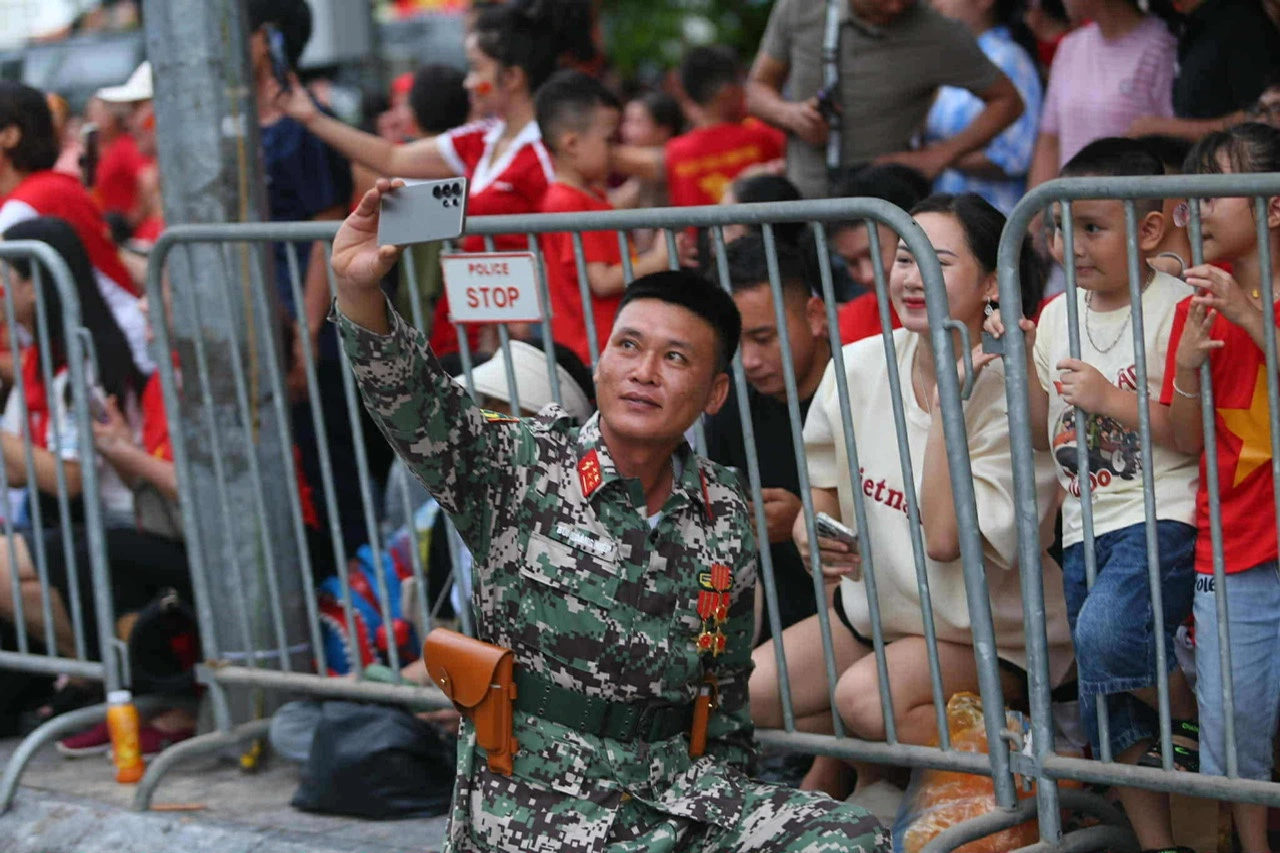

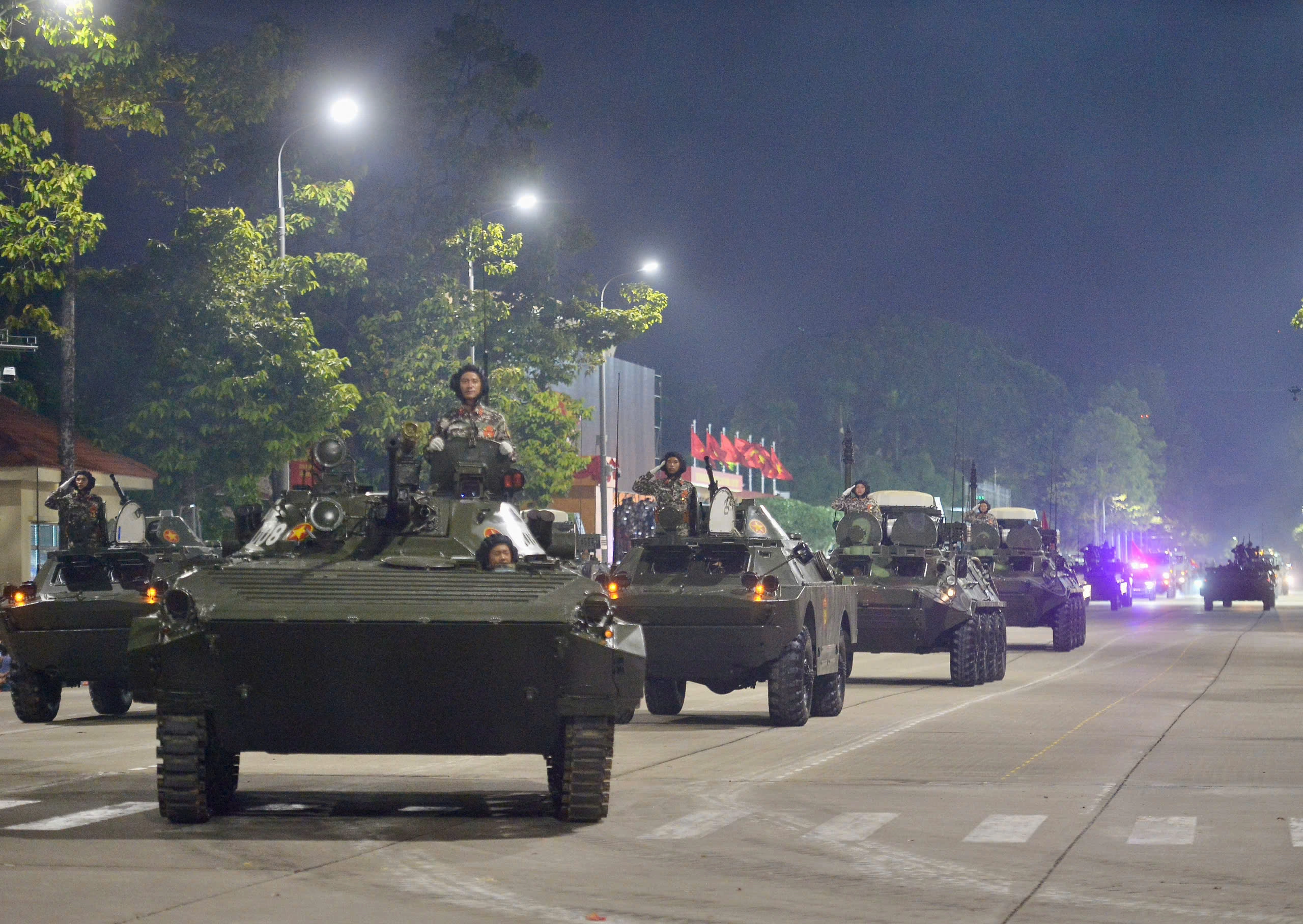
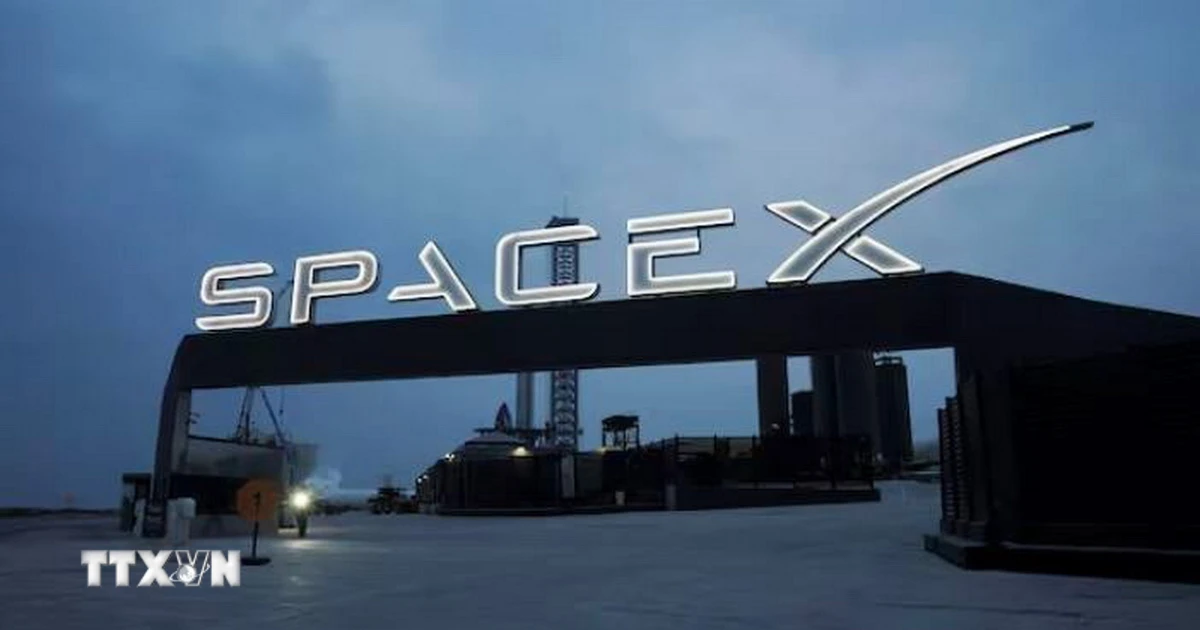

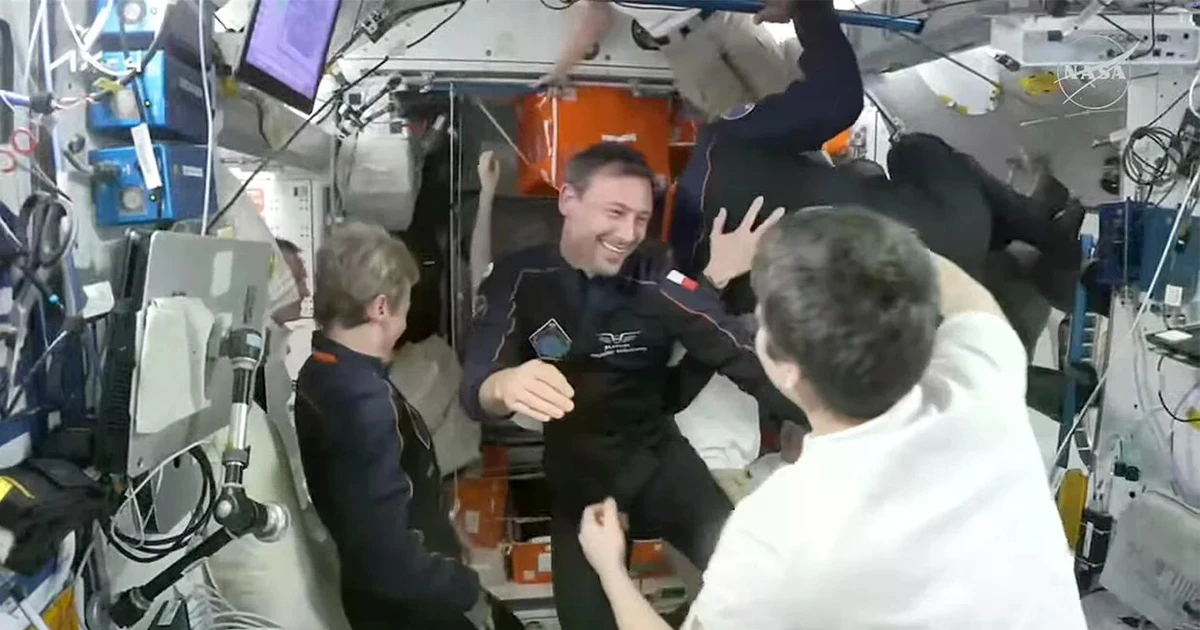
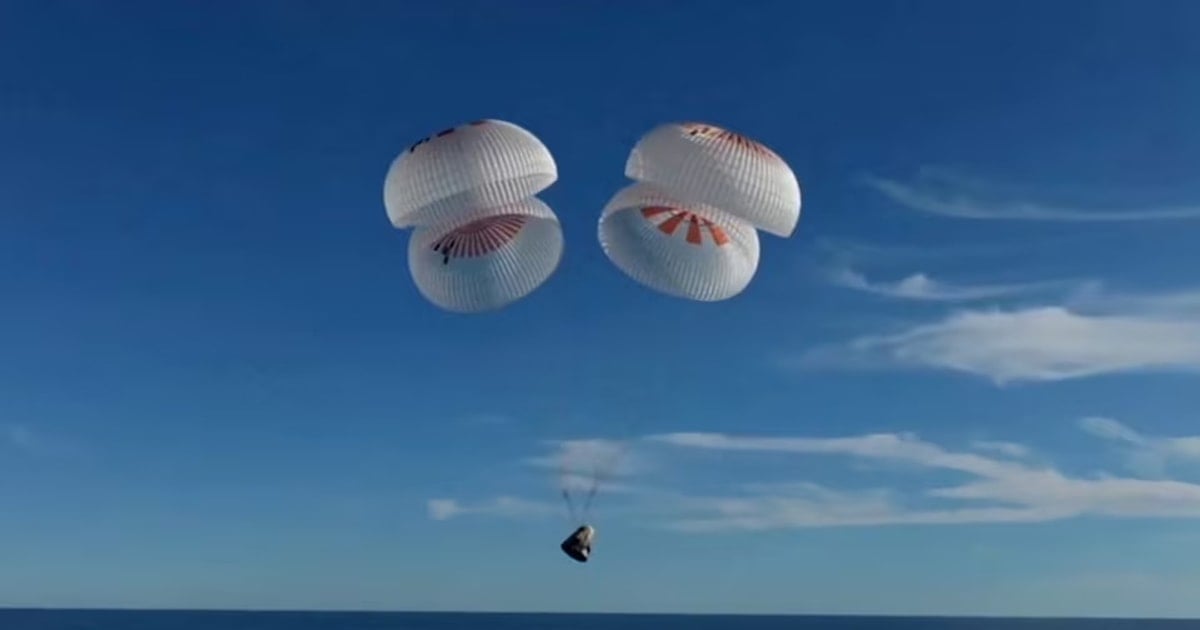

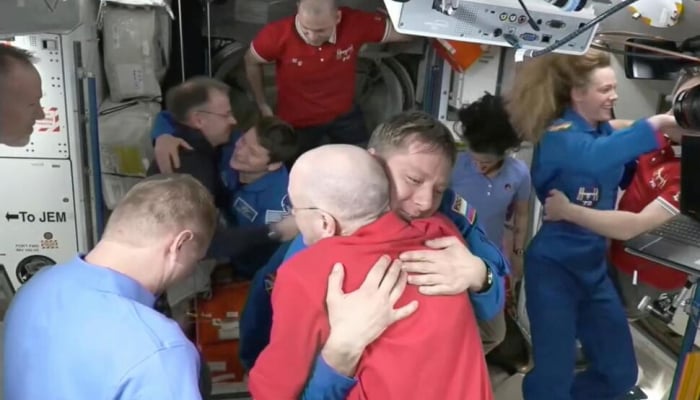


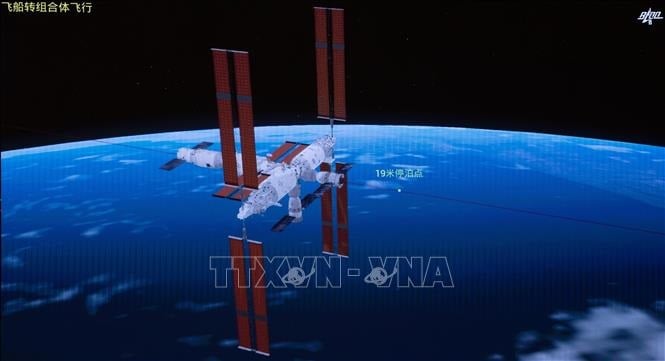

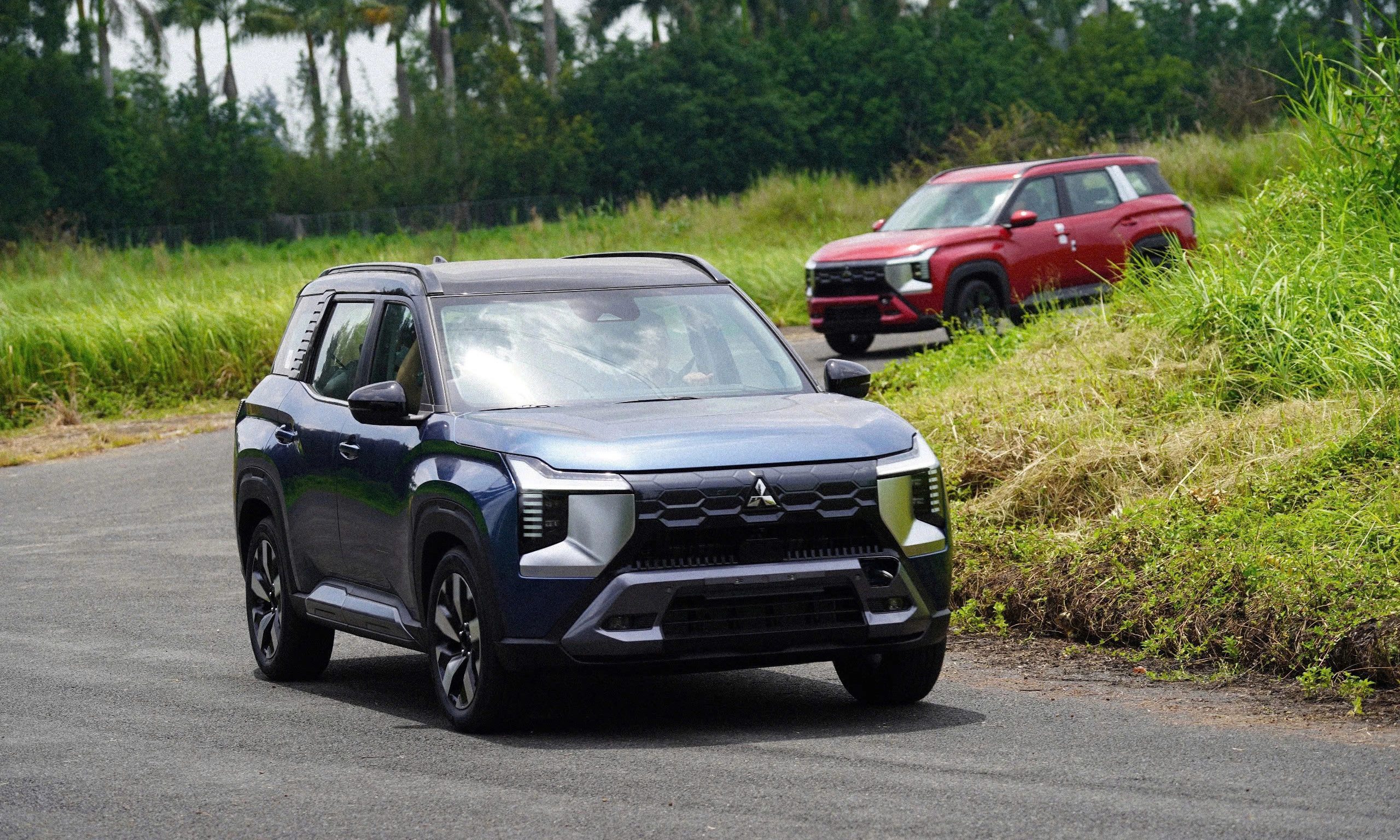
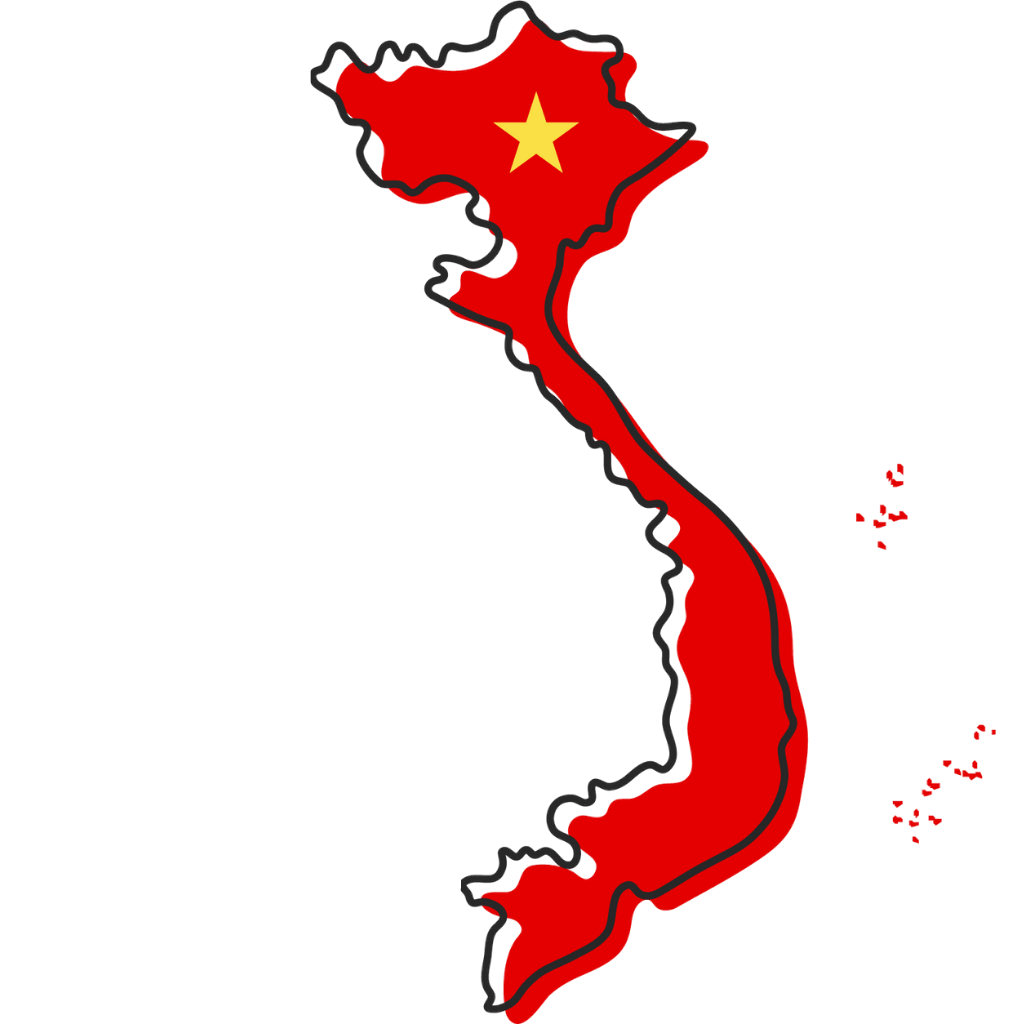
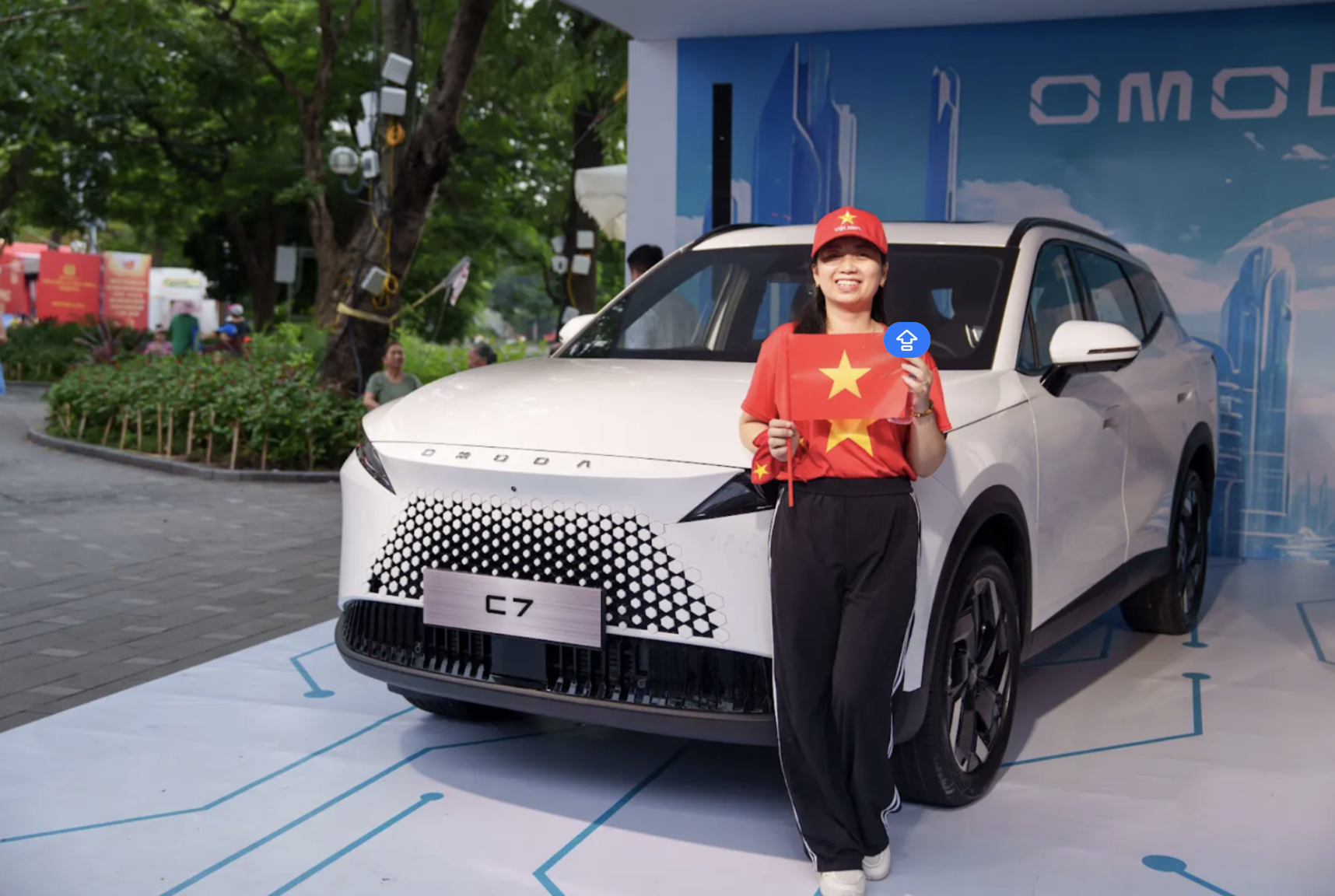
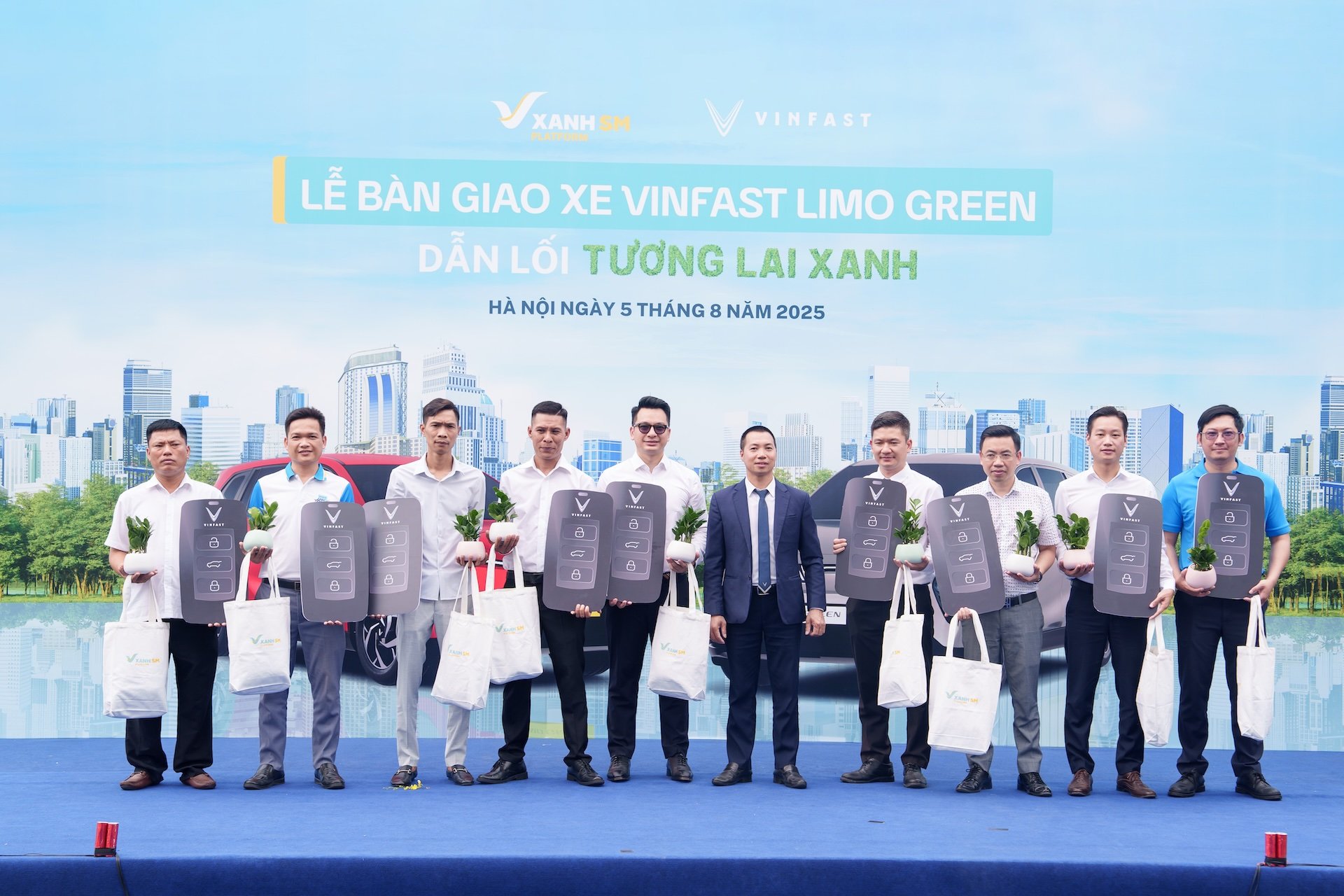
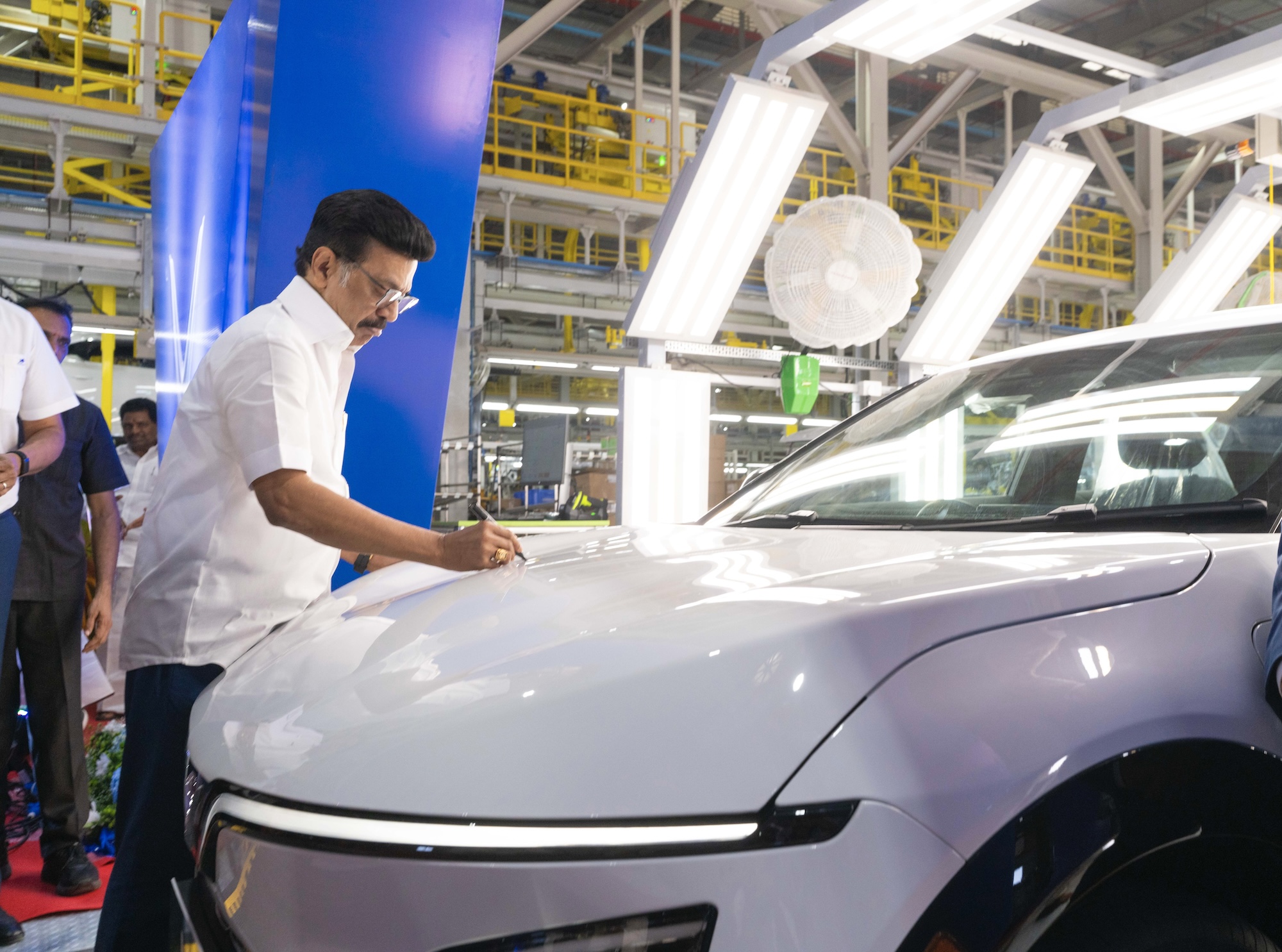
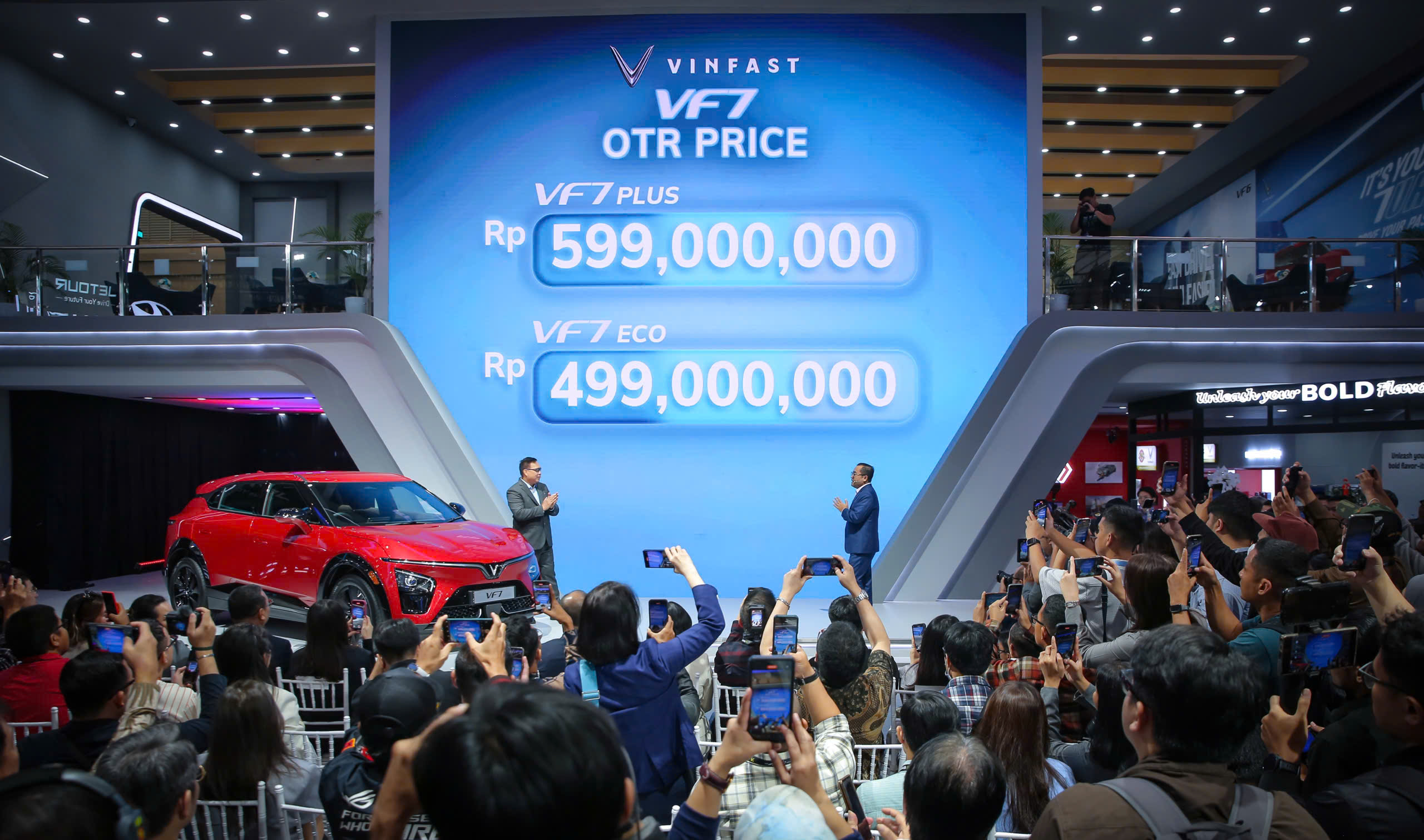
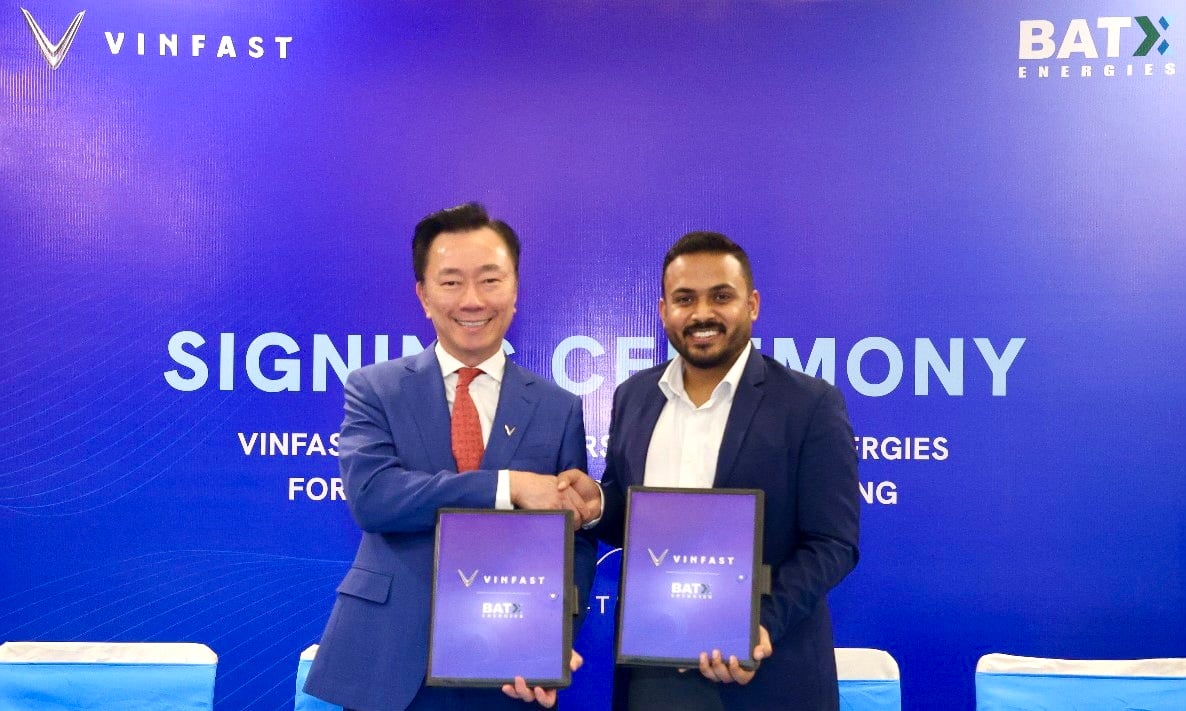




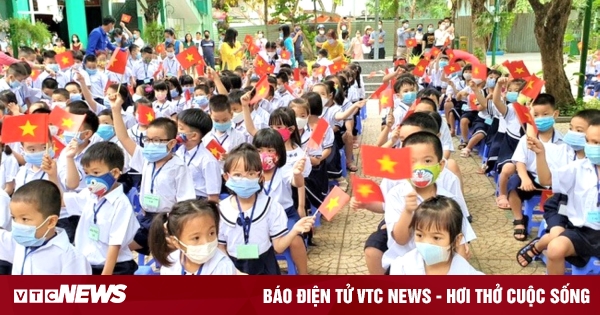

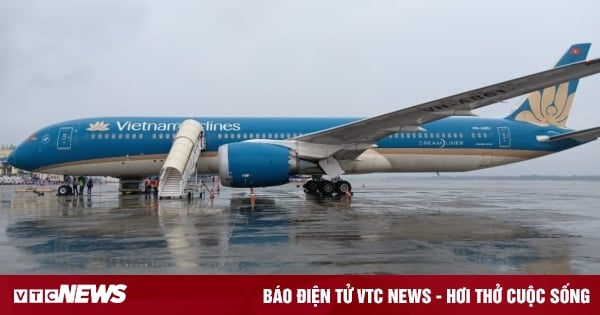
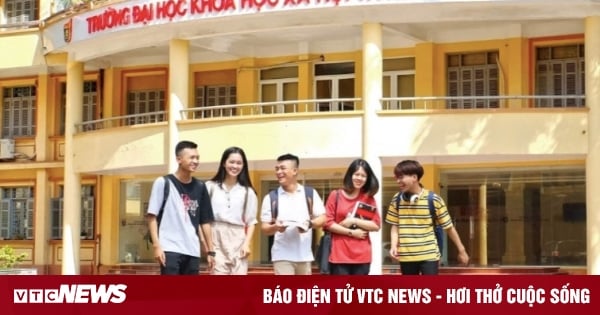


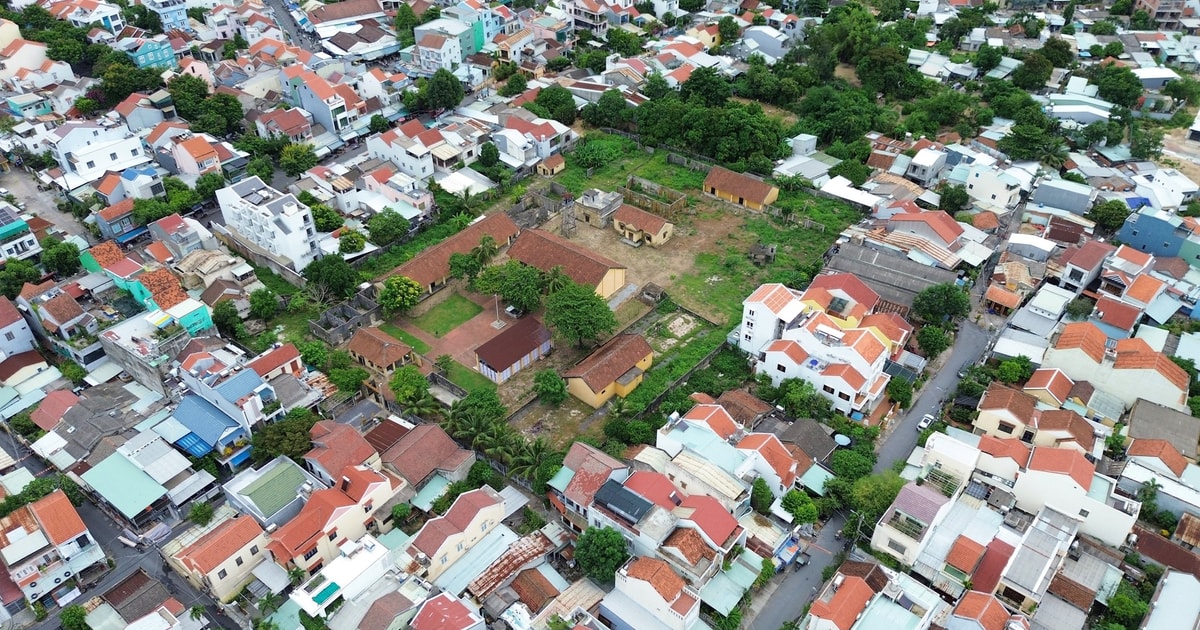


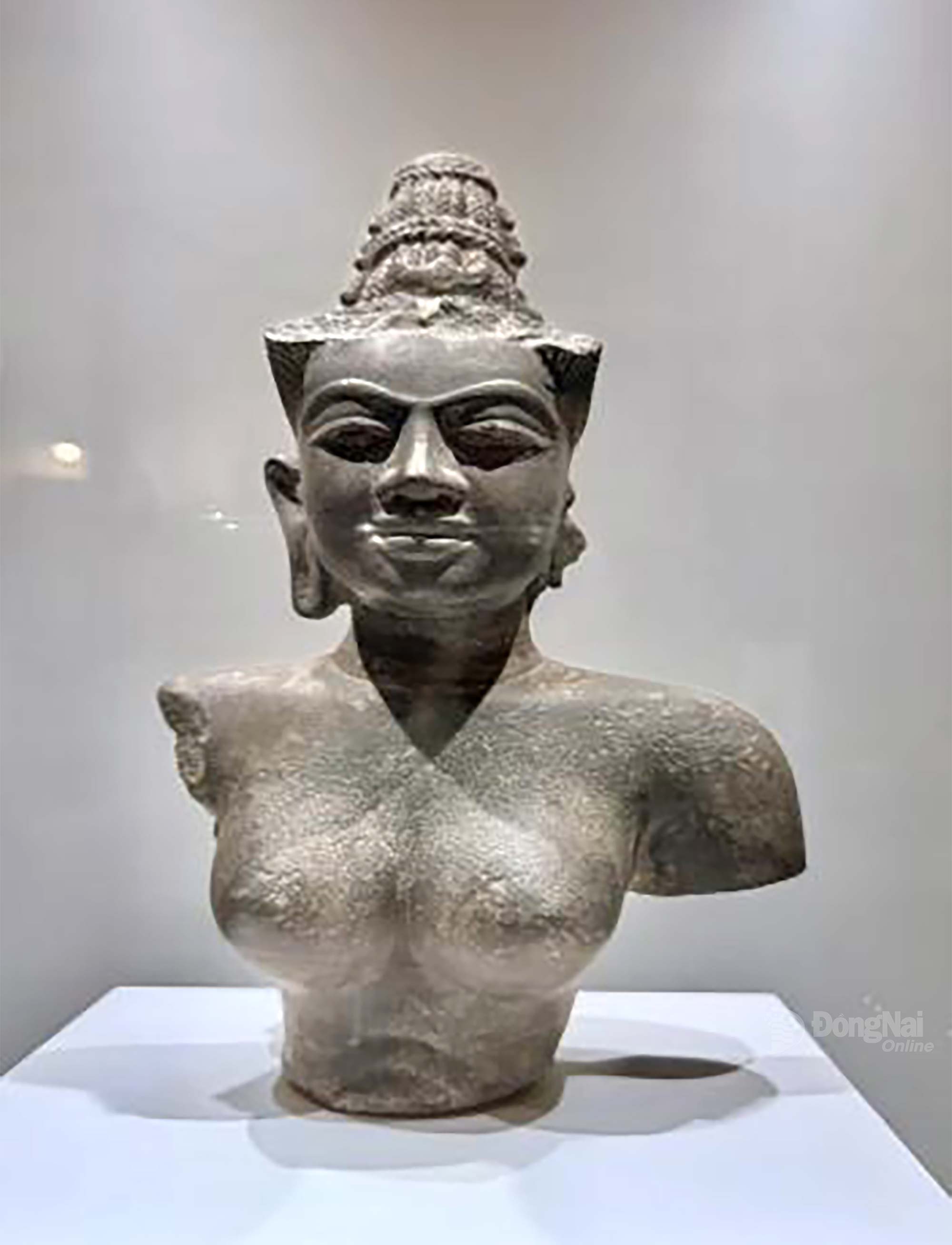






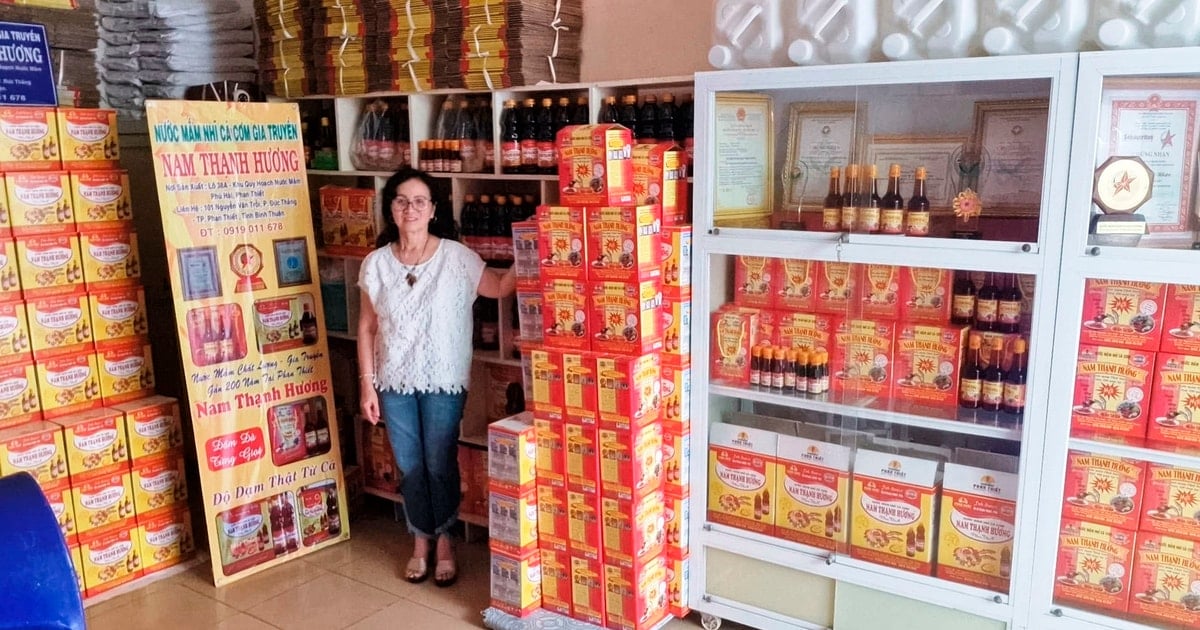

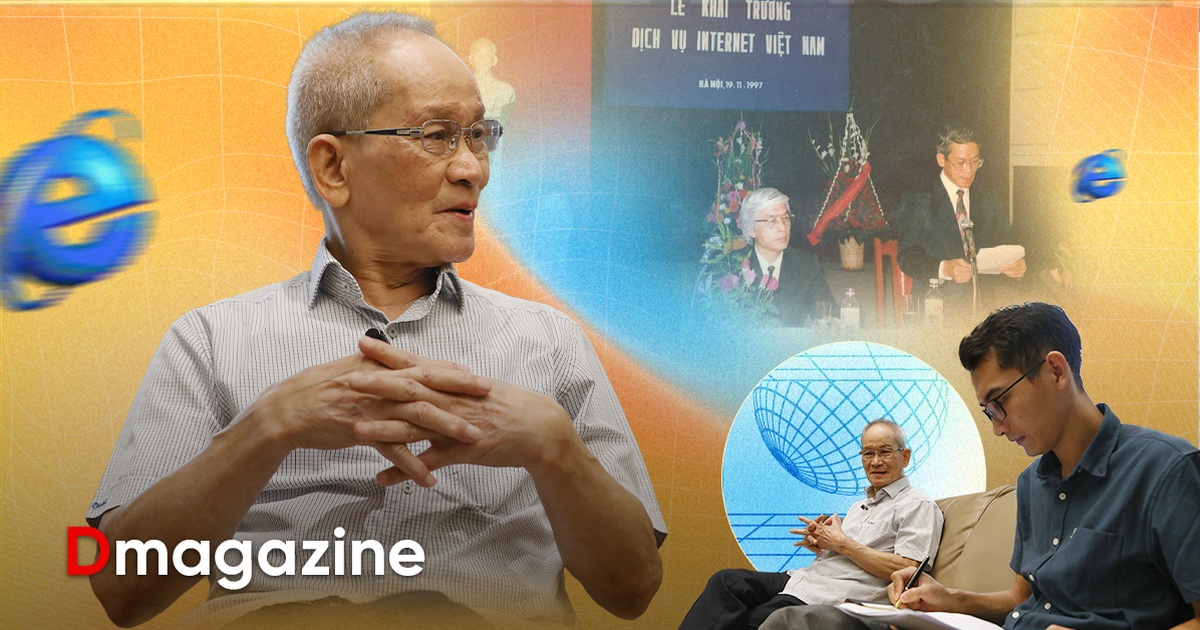



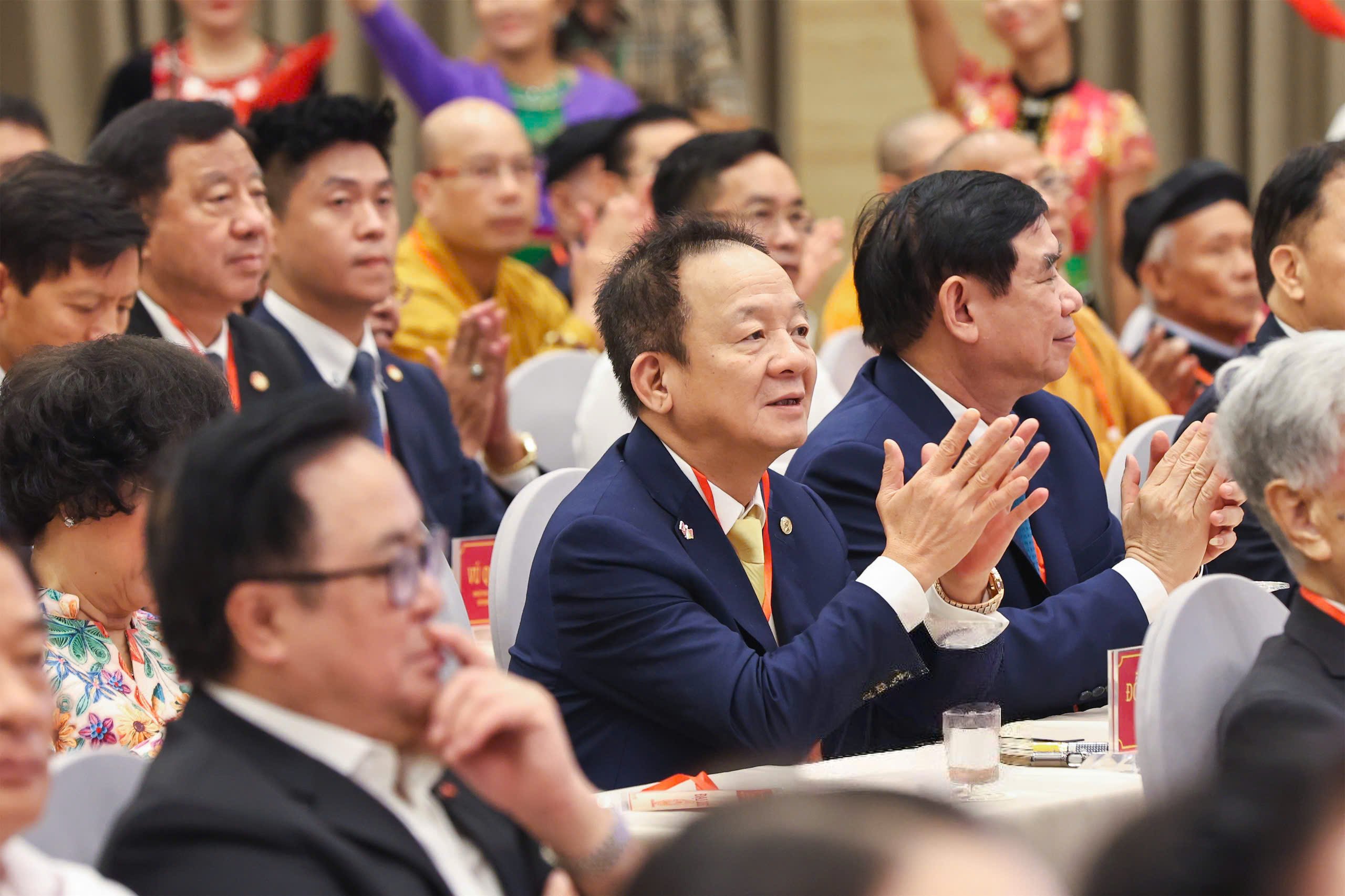





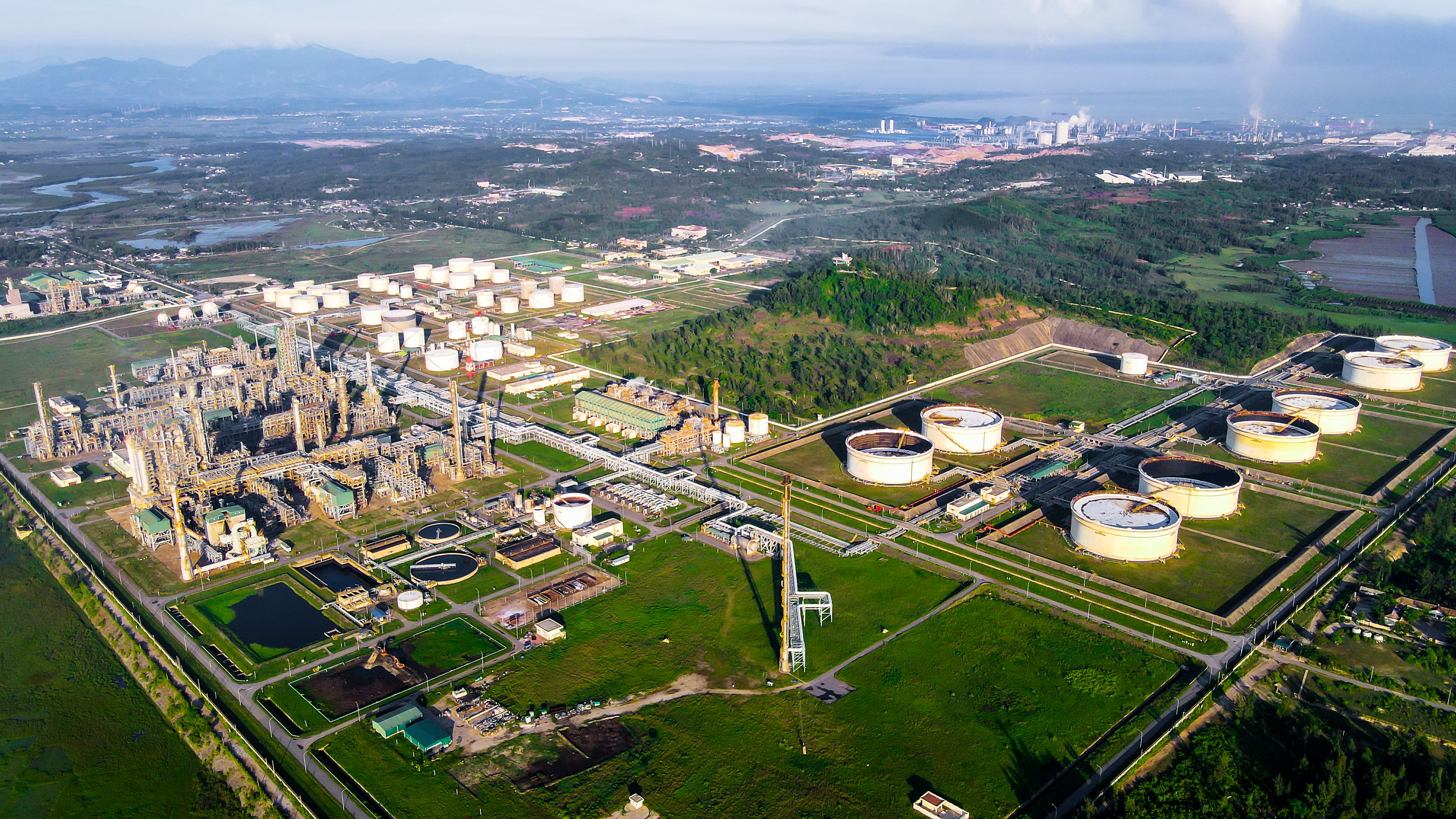






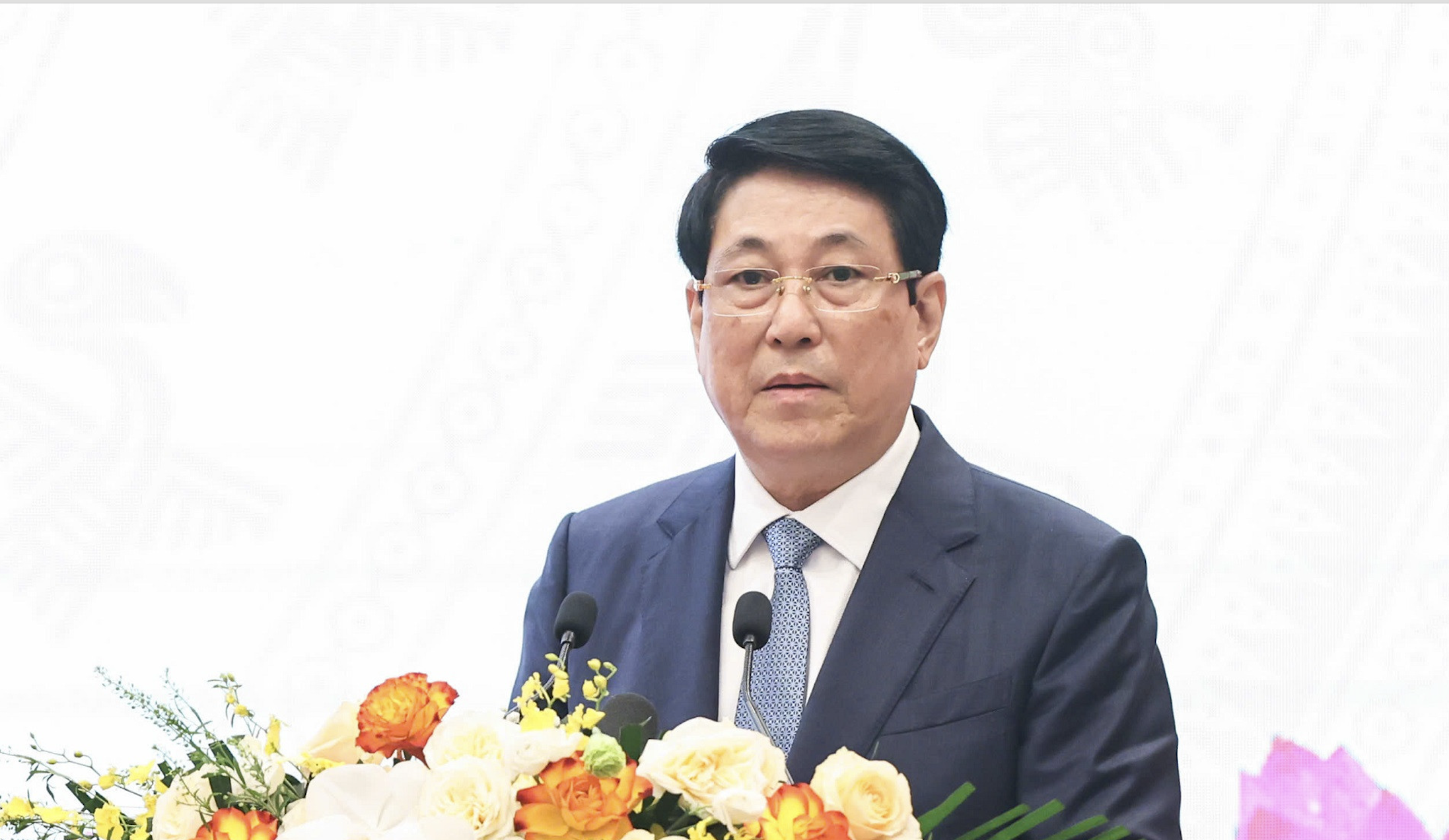

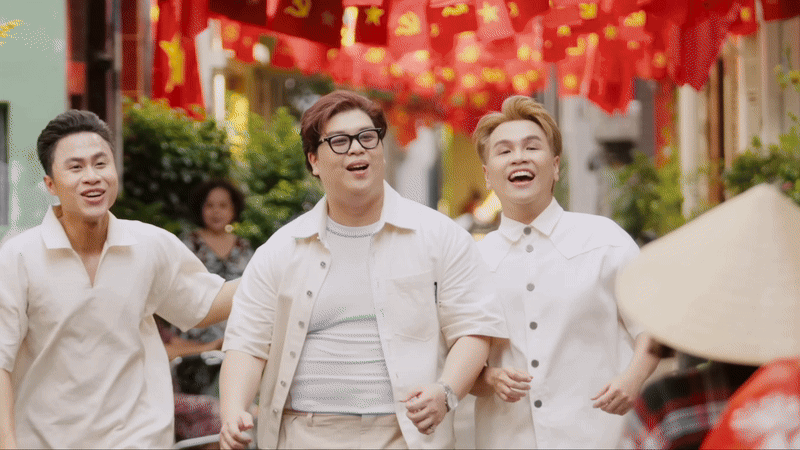

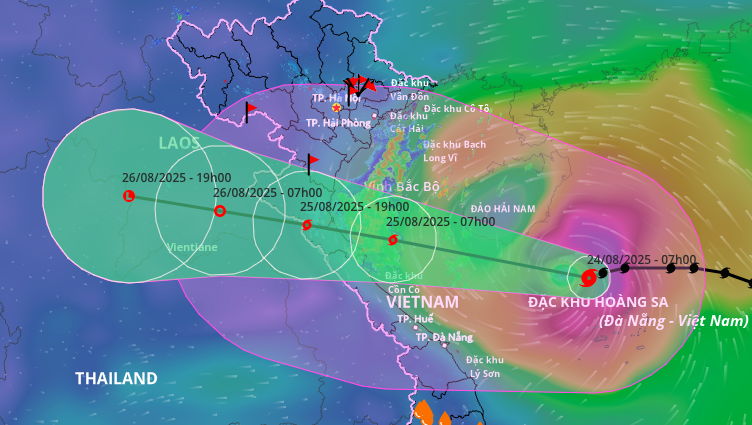




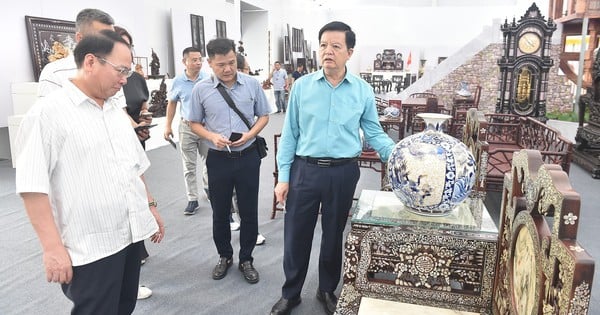


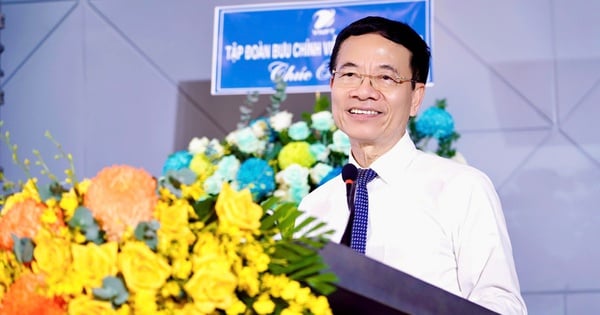





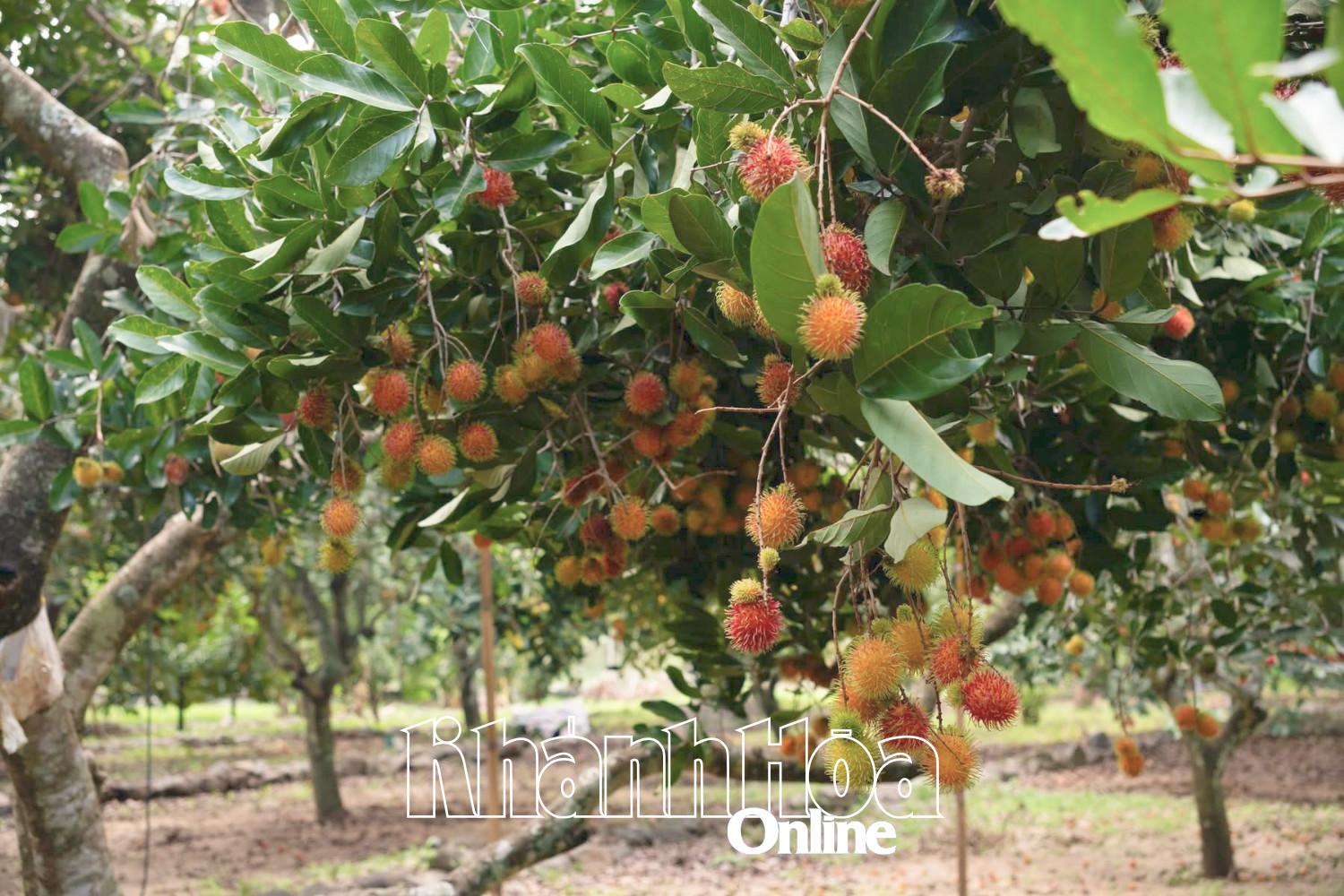

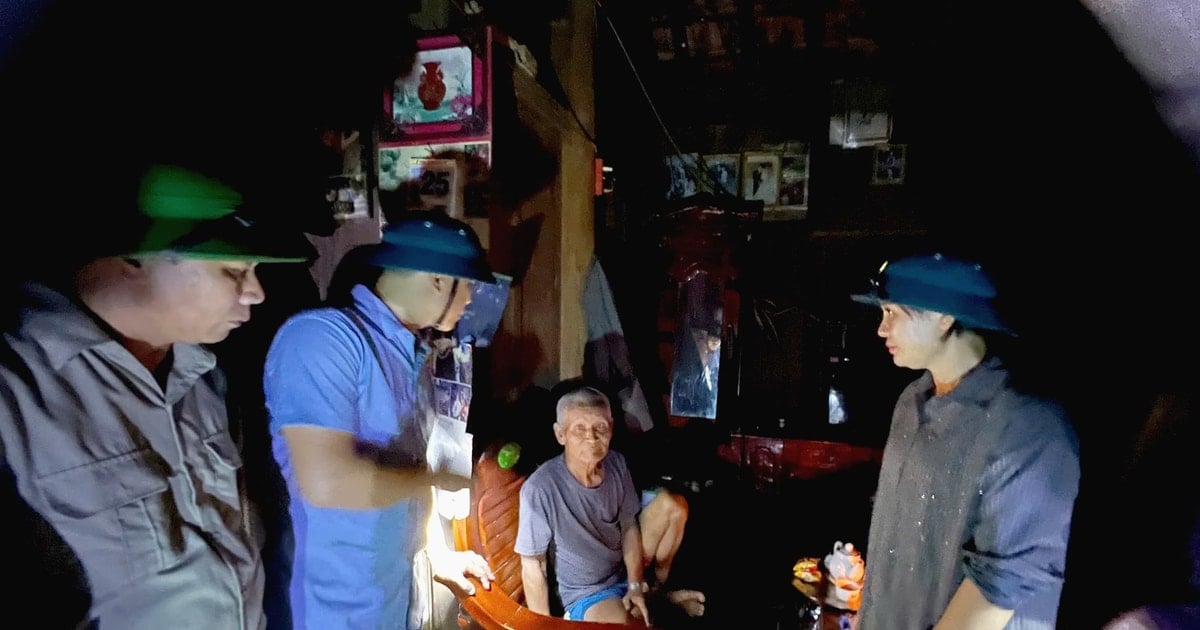

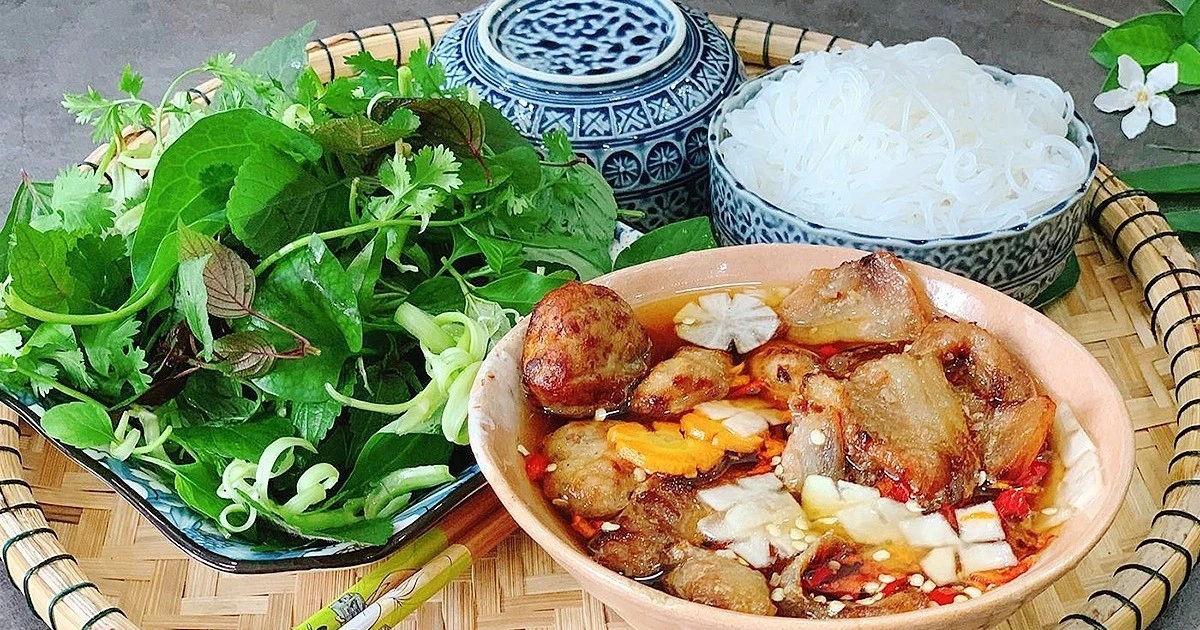

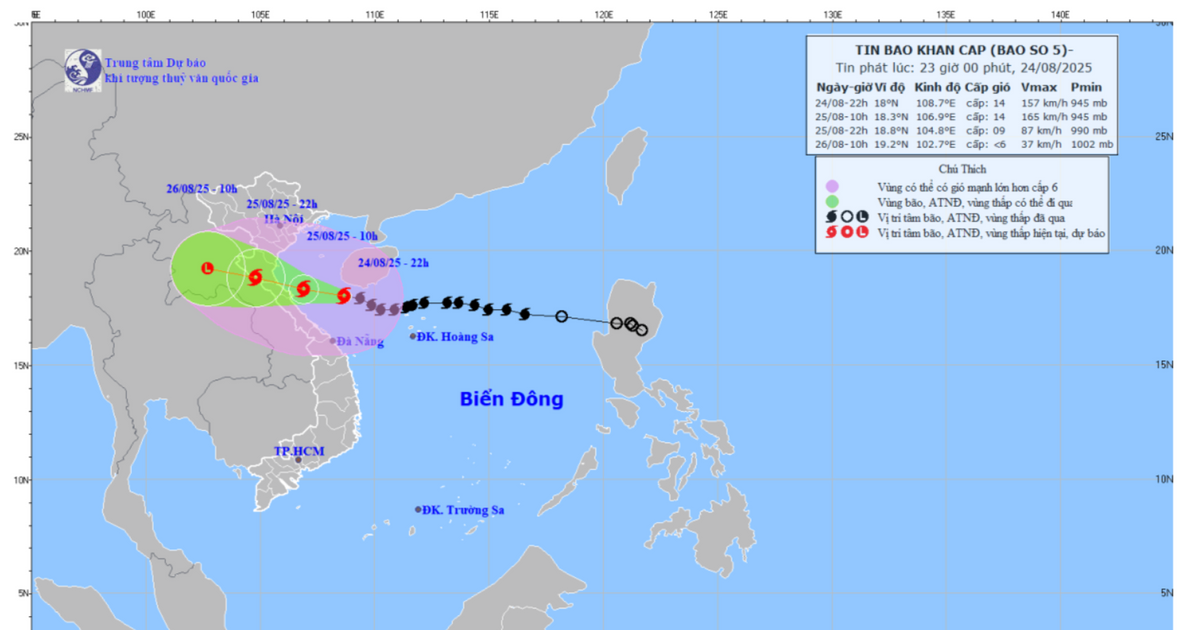
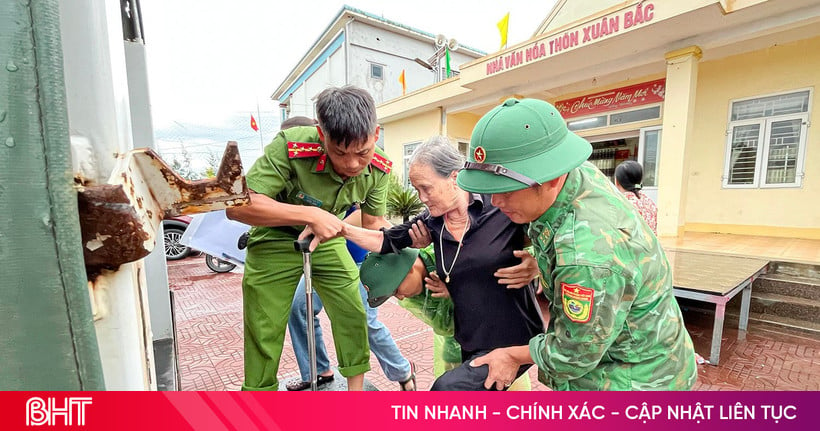

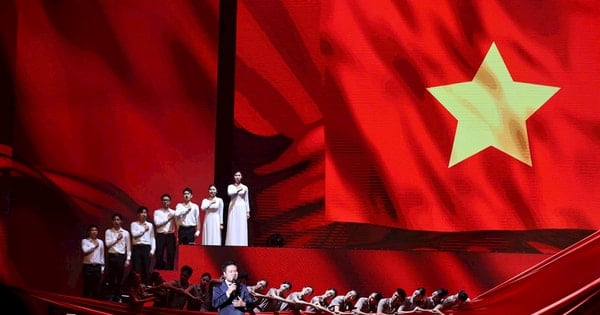

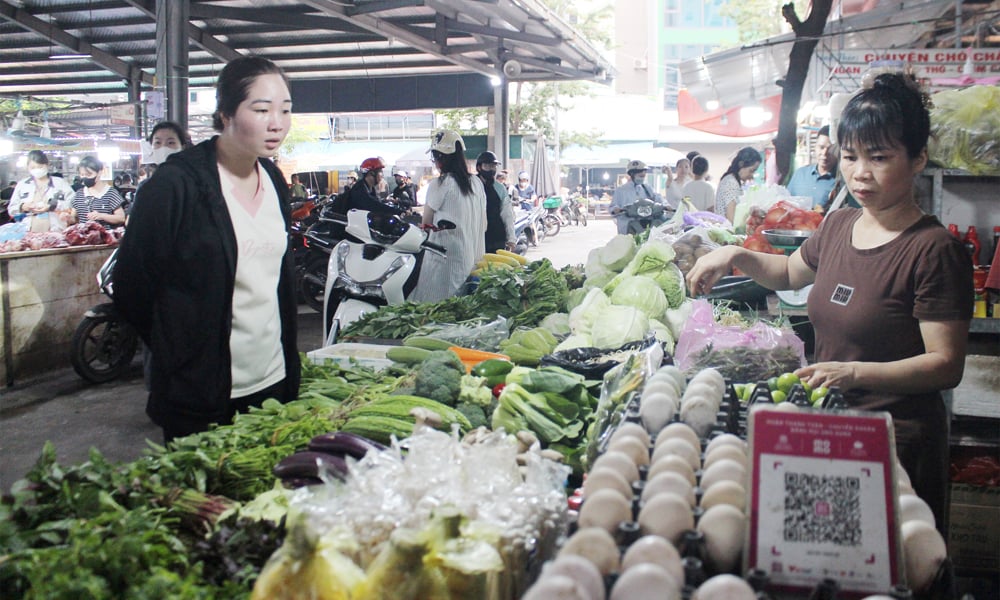

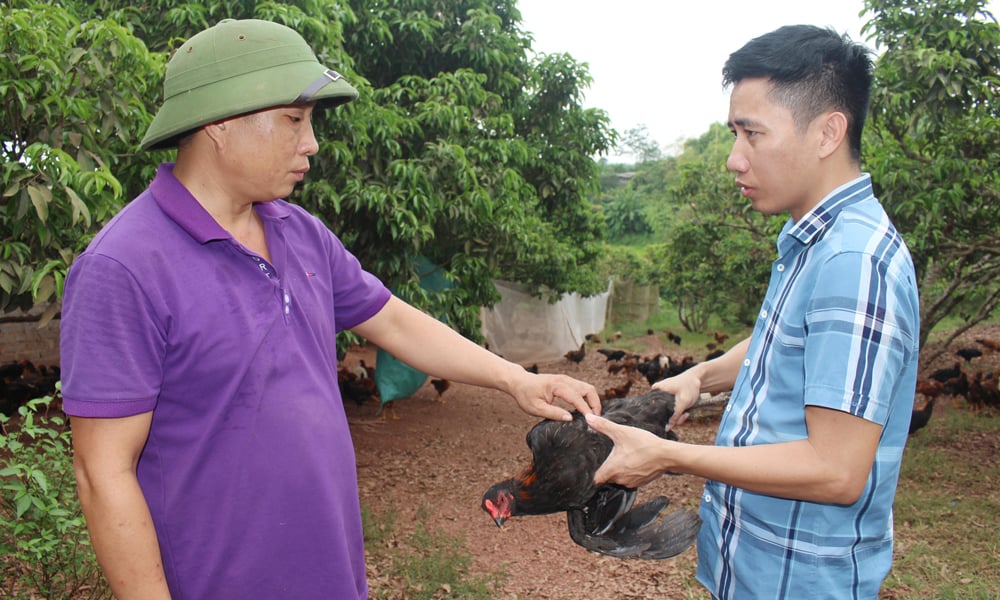
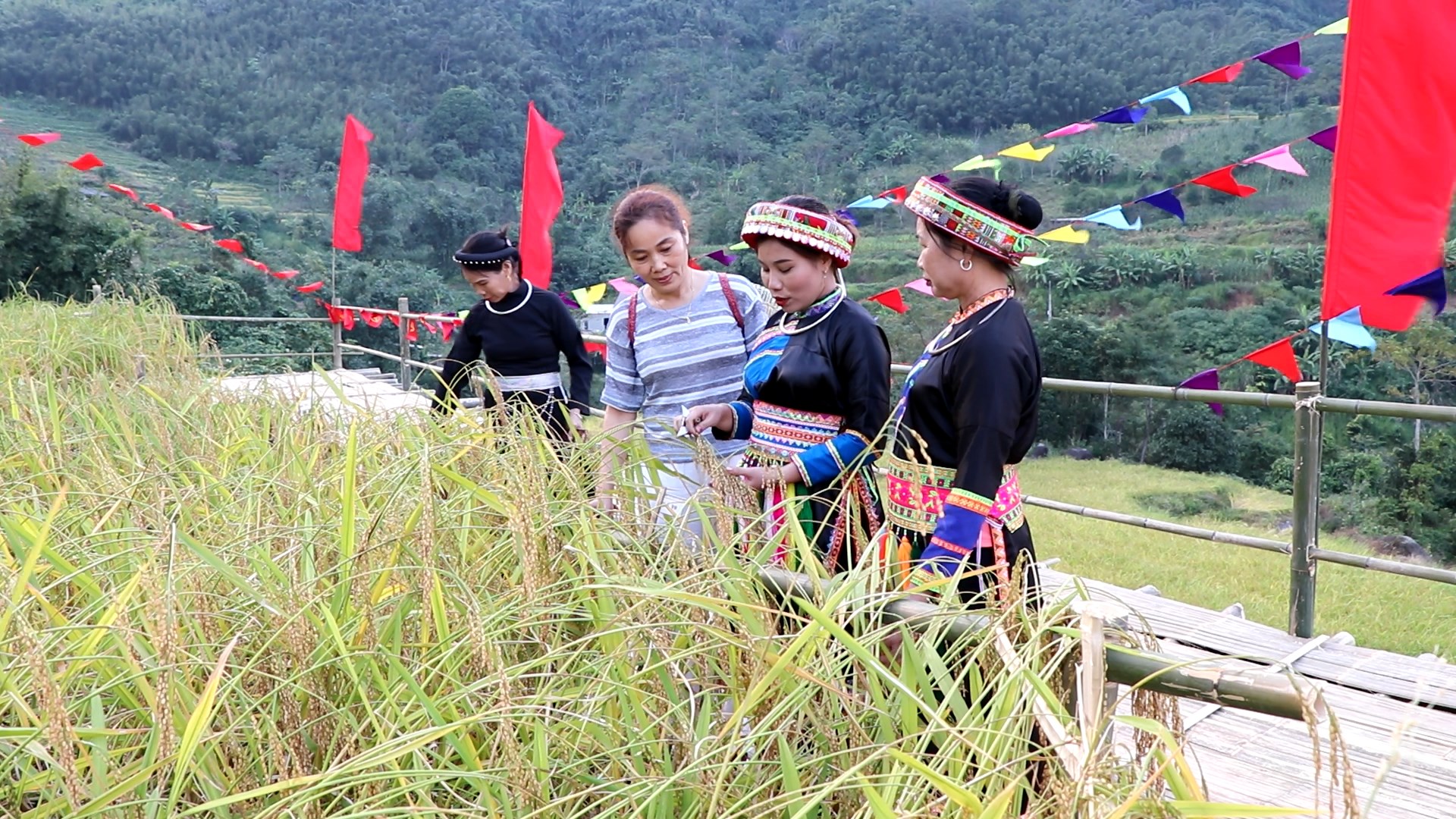











Comment (0)